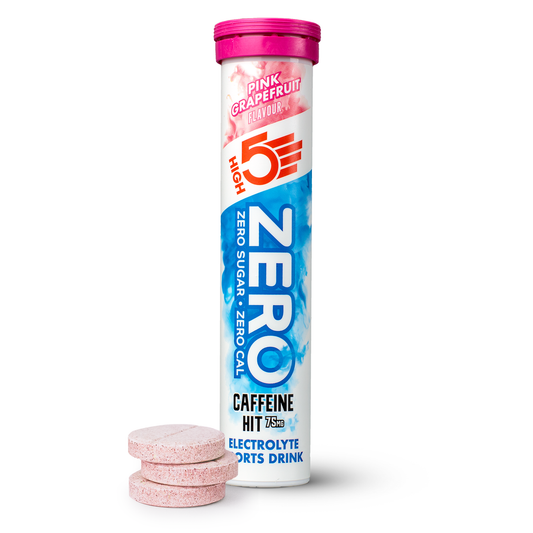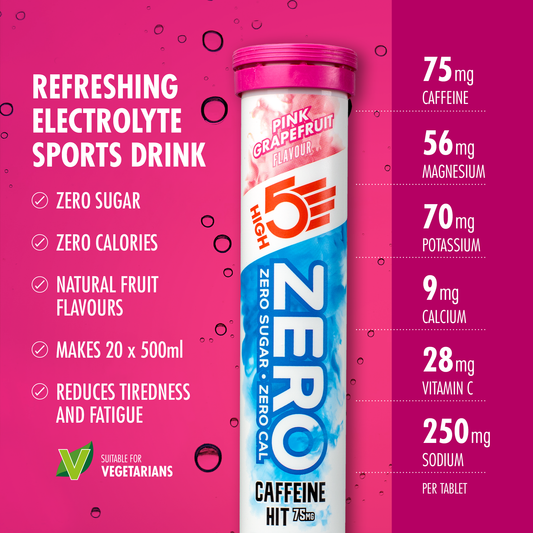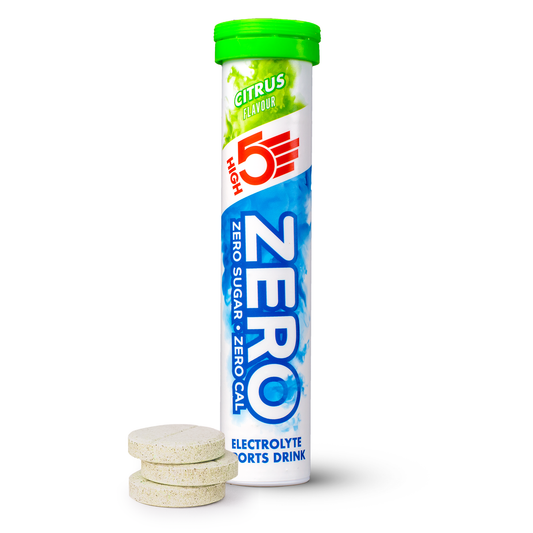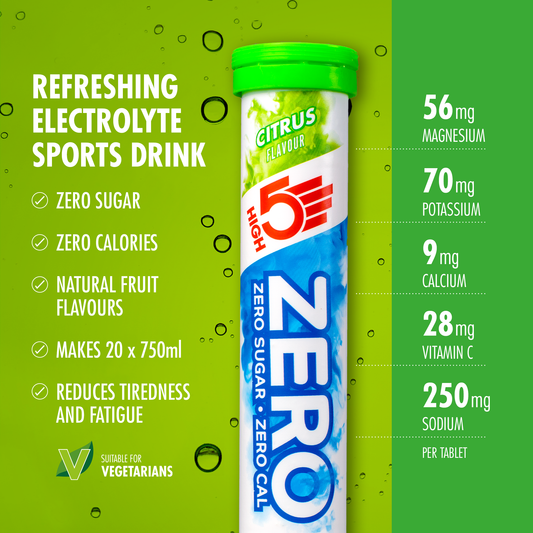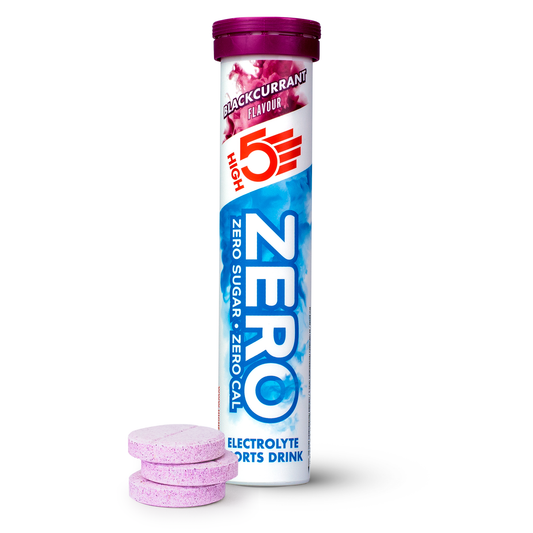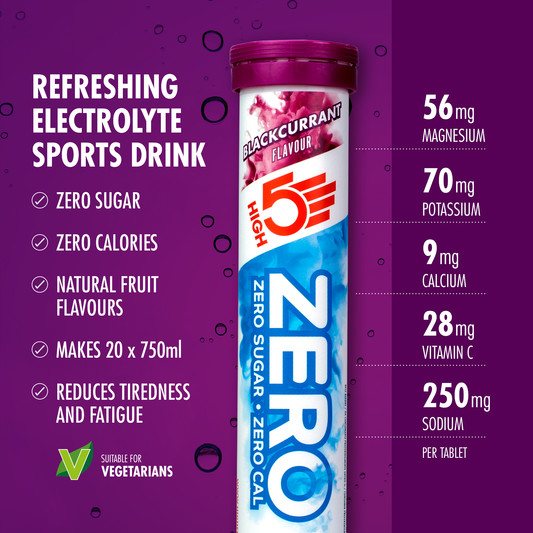Regardless of your cycling or mountain biking discipline or level of practice, proper hydration is essential for your body's good health. Cyclists need to drink regularly to compensate for all the water and mineral salts lost during exercise, otherwise they risk exhaustion. Basis of sports nutritionThe energy drink is an integral part of a global approach to performance.
Here are all the explanations you need to choose the right energy drink for your bike.
THE IMPORTANCE OF STAYING HYDRATED WHEN CYCLING
Insufficient or poorly managed hydration can have disastrous consequences during a cycling outing or competition. The first signs of dehydration (cramps, muscle weakness, fatigue...) have a direct impact on the cyclist's sensations and immediately affect performance.
Compensating for water loss through perspiration
To understand the fundamental role of hydration when cycling, we need to remember that two-thirds of the human body is made up of water, an element that is particularly concentrated in the muscles, including the heart muscle. Physical exertion leads to a rise in body temperature, and the body naturally reacts by sweating to "cool the engine". These water losses must be compensated for regularly by drinking water, well before the sensation of thirst appears, in order to hope to and avoid dehydration.
The strategic choice of energy drink in sports nutrition
Visit drink sports drink (known as an energy drink, isotonic drink or effort drink) provides water and electrolytes lost through sweat (sodium, magnesium, potassium, calcium), as well as carbohydrates, vitamins and micronutrients useful for supplying the body with energy.
For cyclists, using an exercise drink is a strategic choice. You need to know which drink to use at which time (before, during and after exercise). As ever, when it comes to sports nutrition, it's important to adopt a personalized approach, taking into account the type of activity (duration, intensity) and the body's reactions.
THE DIFFERENT TYPES OF DRINKS FOR CYCLISTS
There are different types of cycling drink, each with its own composition and purpose (preparation for exercise, energy intake during exercise, anti-cramp, recovery).
An important concept: the isotonic drink
A sports drink (preparation, energy, anti-cramp or other) is often described as isotonic. To understand, this term refers to the osmolarity of the liquid (the concentration of active particles or dissolved compounds). In the case of an isotonic drink, this concentration of compounds is identical to that of blood plasma. This is a very important concept, as this balance favors absorption of the liquid and its nutrients in the intestines, which then pass more easily into the bloodstream.
Good for the athlete, the balanced formula of isotonic drinks optimizes rehydration and facilitates nutrient assimilation. A hypotonic (more diluted) drink may be preferable in hot weather, as it helps rehydrate the body. A hypertonic (more concentrated) drink is generally not recommended for sports, as it slows down the digestion of nutrients and can cause reactive dehydration.
Energy or exercise drinks
The classic energy drink has a dual purpose: to hydrate the body and provide energy. Useful for training and long-distance races, it provides a complete supply of various carbohydrates (maltodextrin, dextrose, fructose), minerals (magnesium, sodium) and vitamins (C, E, B1, B6). It provides fast or more progressive energy, depending on the carbohydrate mix used.
Anti-cramp drinks
Anti-cramp drinks are formulated to be rich in electrolytes (sodium, calcium, magnesium, zinc, potassium) to quickly compensate for mineral losses and prevent muscle weakness, a sign of dehydration. Unlike the classic energy drink, the anti-cramp drink does not provide additional energy for the cyclist - you'll often find "zero sugar, zero calories" formulas.
Preparation drinks
Preparation drinks are designed to optimize the cyclist's energy reserves.by boosting their glycogen reserves. It is consumed before a race or major event, the day before the big event or the 2 or 3 days before. A preparation drink provides carbohydrates, vitamins and minerals, and possibly proteins.
Among preparation drinks, the waiting drink is reserved for the few hours between the last meal and the start of the race. A waiting drink contains carbohydrates, minerals and vitamins. It favors slowly-absorbed carbohydrates, to avoid the risk ofreactive hypoglycemia.
Recovery drinks
Recovery drinks help the body to recover from violent exertion. It helps to reduce fatigue and promote muscle rebuilding. Consumed at the end of a training session or race, the recovery drink provides a targeted intake of carbohydrates (for rapid energy) and proteins (for muscle recovery).
Are energy drinks recommended for cycling?
It's essential to make a clear distinction between energy drinks for sports and energy drinks with a "kick" effect. They are highly acidic, low in minerals (sodium) and very high in sugar, energy drinks are not at all recommended for cycling/mountain biking.before, during or after exercise.
HOW TO CONSUME YOUR ENERGY DRINK WHEN CYCLING?
Before, during or after exercise, your energy drink is your companion, whether you're training or competing. Energy drinks are useful for medium and long-distance rides. For short sessions at a moderate pace (lasting less than an hour), a simple water bottle of mineral water is enough to compensate for water loss.
The rules of sports hydration
Drinking is essential for a quality effort. When cycling or mountain biking, the ideal is to drink regularly (every 10 to 15 minutes), in small sips. It's always best to test a drink in training, in conditions close to real race conditions, to make up your own mind and avoid unpleasant surprises in competition. The dosage of the drink can be adapted to suit external conditions (heat, cold). The duration and intensity of your effort, as well as your body's reactions, should all be taken into account when choosing your cycling drink.
Remember : Cycling/ mountain biking in hot weather increases water loss and the risk of dehydration. In this case, it's imperative to provide a larger volume of drink!
Pre-exercise drinks
It's advisable to drink regularly before exercise, to avoid the risk of starting a long run dehydrated or with insufficient sugar reserves. The waiting drink plays a key role here, especially before a session lasting several hours in the heat: it keeps the body hydrated and builds up a good stock of carbohydrates. Consumed in the days leading up to a competition, the preparation drink helps optimize reserves before a race.
Drinks to consume during exercise
The energy drink is the effort drink that accompanies you during medium/high intensity sessions lasting several hours. It provides you with a steady supply of carbohydrates throughout your outing. For the hardest, longest and most rhythmic training sessions, the most complete formulas are the most useful, combining carbohydrates, minerals (sodium, magnesium, potassium...), vitamins and antioxidants. To avoid stomach upsets, we advise you to take your energy drink in small sips, alternating with clear water. If you are particularly prone to cramps, you can also combine your energy drink with a zero-calorie anti-cramp drink.
Drinks to consume after exercise
As soon as you've finished training or competing, it's vital to recover properly, to reap the benefits of your exercise or to prepare for your next goal. Whatever your level or age, whatever your ambitions, it's important to consider recovery after exercise.recovery drink rehydrates the body, helps recharge batteries and rebuild muscle tissue. Its formula focuses on protein, vitamins and minerals to help reduce muscle fatigue.
Découvrez tous nos conseils & Tutoriels
ACCESSORIES - Drinks
-

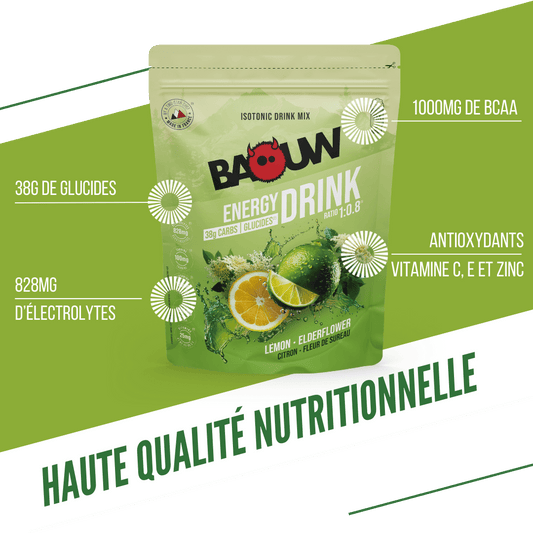
BAOUW ISOTONIC Energy Drink (585g) Lemon Elderflower
Regular price 29,50 €Regular priceUnit price per -

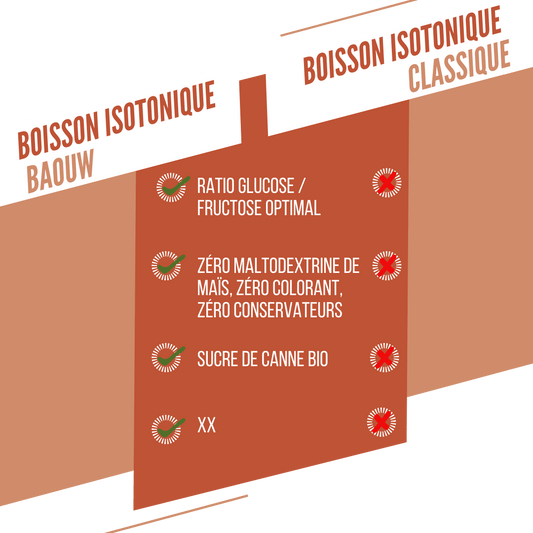
BAOUW ISOTONIC Energy Drink (585g) Peach Rosemary
Regular price 29,50 €Regular priceUnit price per -

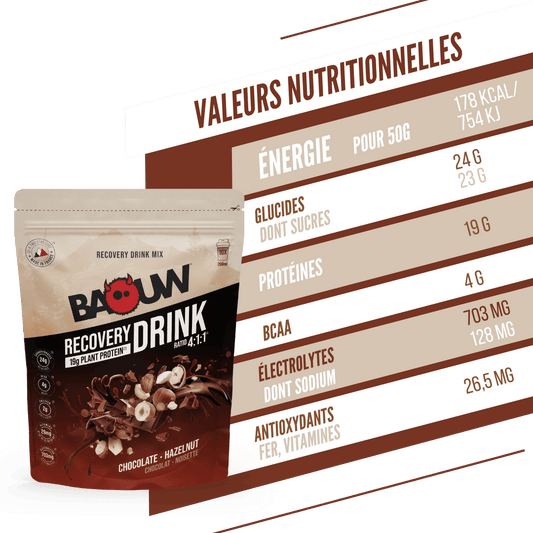
BAOUW RECOVERY Drink (500g) Chocolate Hazelnut
Regular price 34,50 €Regular priceUnit price per -

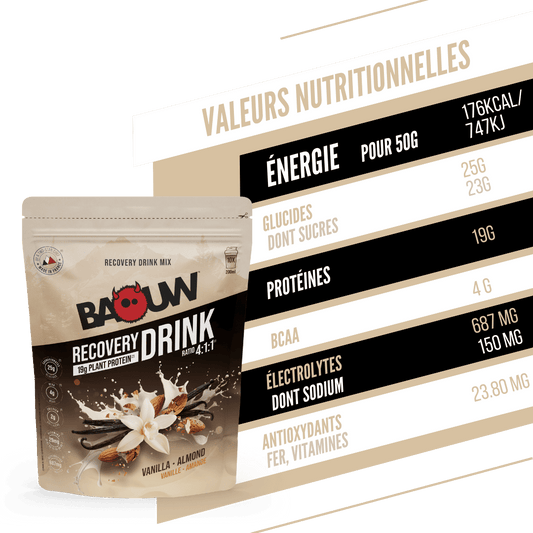
BAOUW RECOVERY Drink (500g) Vanilla Almond
Regular price 34,50 €Regular priceUnit price per -
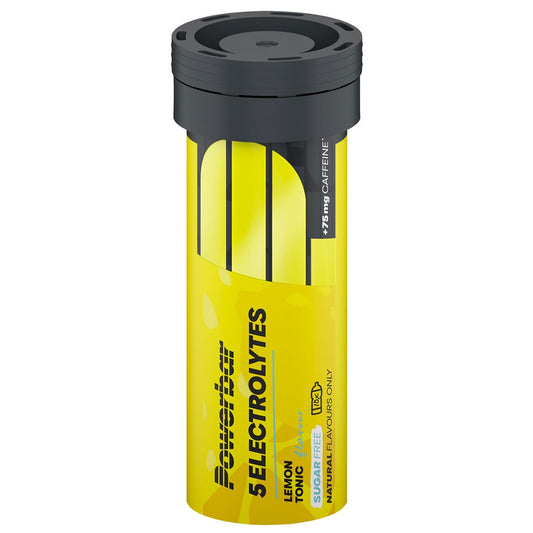
Electrolyte Hydration tablets POWERBAR 5 (x10) Lemon Tonic Boost
Regular price 5,99 €Regular priceUnit price per








